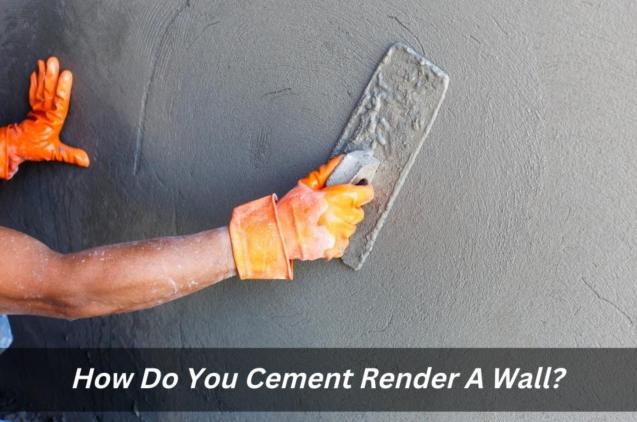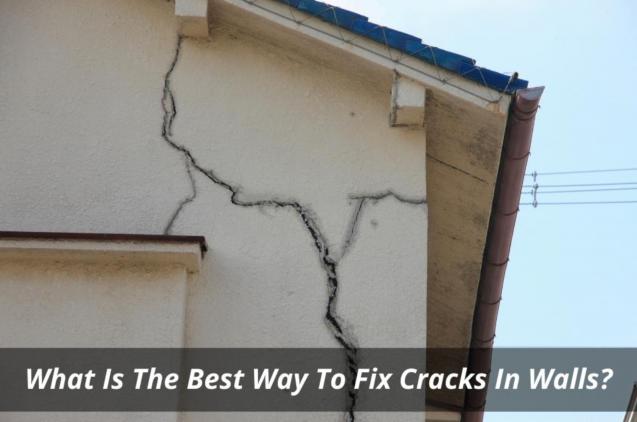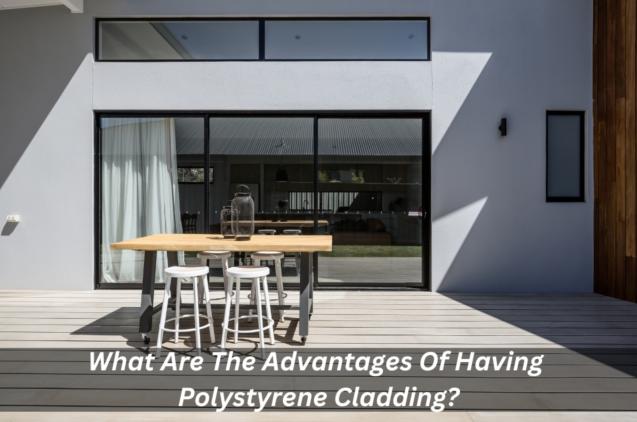
Cement Vs. Acrylic Rendering: Which One Is Right For You?
By Jim's Rendering Sydney|January 14, 2023
Are you having a hard time choosing: cement vs. acrylic rendering for upgrading the exterior walls of your home? Both have their benefits, but it all depends on your individual needs and preferences. In this article, we will discuss the benefits of acrylic rendering and cement rendering.
House rendering is the process of applying a specialized layer of material to the external walls of a building, usually for decoration or to give it an attractive finish. It also helps protect against weather damage or acts as weather protection and improves insulation by adding a layer of insulation material to the walls. It can be done with different materials such as cement, lime, or acrylics and can be applied by hand or machine.
Before making a decision, you'll want to know the benefits and drawbacks of each type of render. Here is an overview of cement and acrylic rendering to help you decide which one is right for your home:
This type of rendering mixes lime, sand and cement together with water, creating a mortar-like material that can be hand-applied to walls using trowels or textured rollers.
It provides excellent durability, UV protection, and resistance to weathering while giving your home a modern render finish. It also provides good insulation as well as fire resistance due to its composition.
The downside of it is that it is prone to cracking and can be difficult to apply as it needs at least 28 days to cure and requires special tools and skills to do the job properly. It needs a professional’s help in properly applying it.
It’s made from a combination of acrylic polymers and other additives, which are then sprayed onto the walls using specialized equipment. The finished product looks like stucco and has a smooth, glossy finish that gives your home a modern look.
Unlike cement rendering, applying acrylic render is much easier as it is fast drying and requires less maintenance. In addition, it is water resistant and offers great flexibility for creating unique designs and textures with stencils or sponges for greater texture variation than cement render allows.
The downside is that it is more expensive than cement rendering. It’s also not fire-resistant like cement render, so it may not be the best choice for areas that are prone to fires.
In conclusion, both acrylic and cement render have their benefits and drawbacks. It all depends on your individual needs and preferences. Cement render is highly durable, and provides good insulation and UV protection, but requires frequent maintenance and can be tricky to work with when wet. Acrylic render is easier to apply, but not as durable or fire-resistant as cement render.
If you want to know more about acrylic rendering services in Sydney, you can search for “acrylic rendering Sydney” online and check out different companies and ask for a free quote from at least three to compare prices. Ultimately, the choice is yours, so be sure to weigh all your options carefully before making a decision.
House rendering is the process of applying a specialized layer of material to the external walls of a building, usually for decoration or to give it an attractive finish. It also helps protect against weather damage or acts as weather protection and improves insulation by adding a layer of insulation material to the walls. It can be done with different materials such as cement, lime, or acrylics and can be applied by hand or machine.
Before making a decision, you'll want to know the benefits and drawbacks of each type of render. Here is an overview of cement and acrylic rendering to help you decide which one is right for your home:
- Cement Render
This type of rendering mixes lime, sand and cement together with water, creating a mortar-like material that can be hand-applied to walls using trowels or textured rollers.
It provides excellent durability, UV protection, and resistance to weathering while giving your home a modern render finish. It also provides good insulation as well as fire resistance due to its composition.
The downside of it is that it is prone to cracking and can be difficult to apply as it needs at least 28 days to cure and requires special tools and skills to do the job properly. It needs a professional’s help in properly applying it.
- Acrylic Render
It’s made from a combination of acrylic polymers and other additives, which are then sprayed onto the walls using specialized equipment. The finished product looks like stucco and has a smooth, glossy finish that gives your home a modern look.
Unlike cement rendering, applying acrylic render is much easier as it is fast drying and requires less maintenance. In addition, it is water resistant and offers great flexibility for creating unique designs and textures with stencils or sponges for greater texture variation than cement render allows.
The downside is that it is more expensive than cement rendering. It’s also not fire-resistant like cement render, so it may not be the best choice for areas that are prone to fires.
In conclusion, both acrylic and cement render have their benefits and drawbacks. It all depends on your individual needs and preferences. Cement render is highly durable, and provides good insulation and UV protection, but requires frequent maintenance and can be tricky to work with when wet. Acrylic render is easier to apply, but not as durable or fire-resistant as cement render.
If you want to know more about acrylic rendering services in Sydney, you can search for “acrylic rendering Sydney” online and check out different companies and ask for a free quote from at least three to compare prices. Ultimately, the choice is yours, so be sure to weigh all your options carefully before making a decision.



